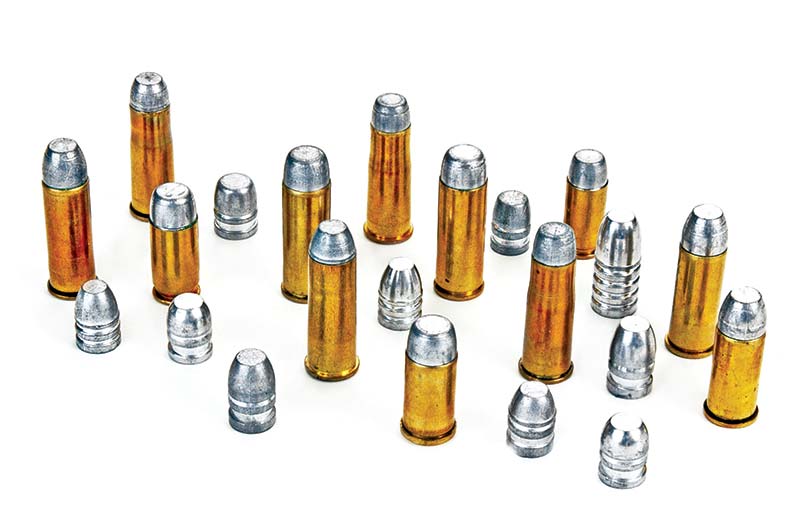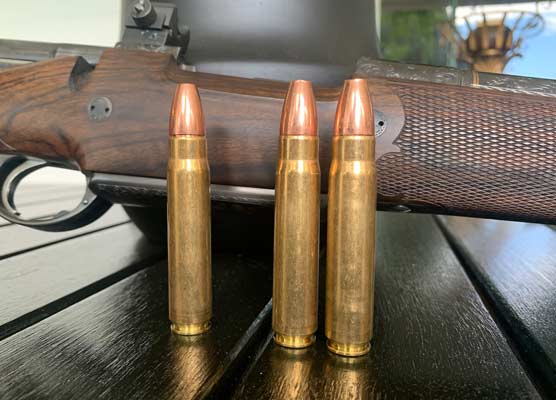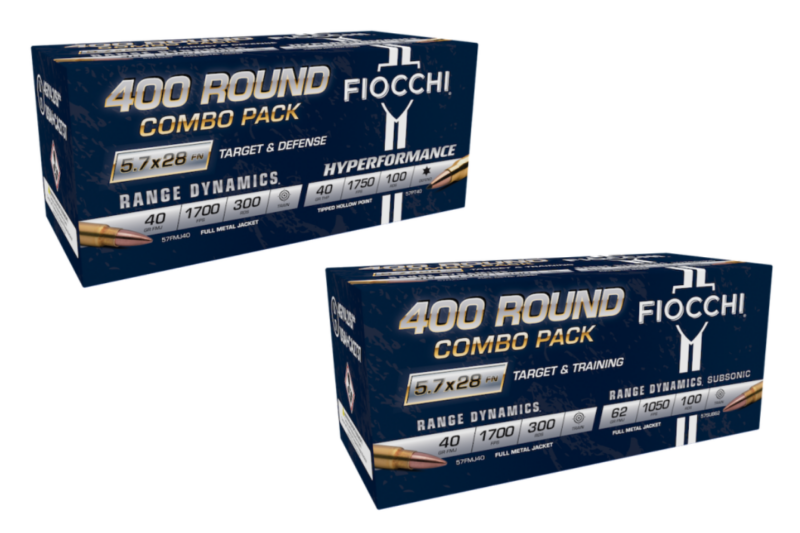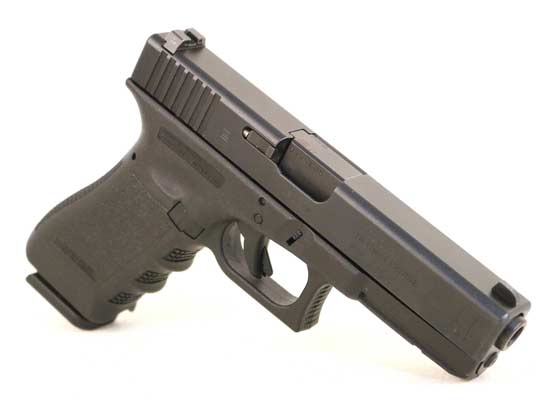When It Really Matters
Hollowpoint bullets, either JHP’s or home cast HP’s, can be very wicked on live tissue. Of course, jacketed ones have very soft cores to enhance their expansion properties. Home-cast ones can be about any alloy mixture, but hard-cast HP’s tend to fragment on impact instead of mushrooming and very soft ones tend to lead foul revolver barrels badly. This is where the gas check enters our bullet picture. Plain-base cast bullets of 1-20 alloy work well for me at revolver velocities up to about 900 fps. Using a gas check design ups their good performance to about 1,200 fps.
Next to HP bullets, the most effective on tissue are lead alloy SWC’s. Again these can be swaged or home cast. In my experience my home-cast SWC’s are just as accurate as full WC’s. For decades SWC’s have generally been considered the best all-around revolver bullet.
In earlier, less affluent years I cast all my handgun bullets, from .32 Auto all the way up to .45 Colt. The only caliber I’ve had trouble achieving acceptable results with has been 9mm Parabellum. This is not the same as saying I’ve never had decent results, it’s just not a cut-and-dried thing. Some 9mm handguns have handled them adequately, some have handled them to a mediocre level, and others have just tumbled them out the barrel.
Recently, I got two surprises in regards to 9mm bullets. A batch of bullets from Missouri Bullet Company arrived. Surprise one was they were RED! This was because they were “coated” bullets. Giving a detailed description of coated bullets is too lengthy to delve into here, but suffice it to say the coating keeps lead alloy from touching the barrel and also serves as a lubricant. I tried both 124-gr. RN’s and 147- gr. tapered flatpoints (TFP) in a World War II German P-38 and they shot into two 21/2″ groups at 25 yards. This pistol doesn’t do any better with jacketed bullets.





